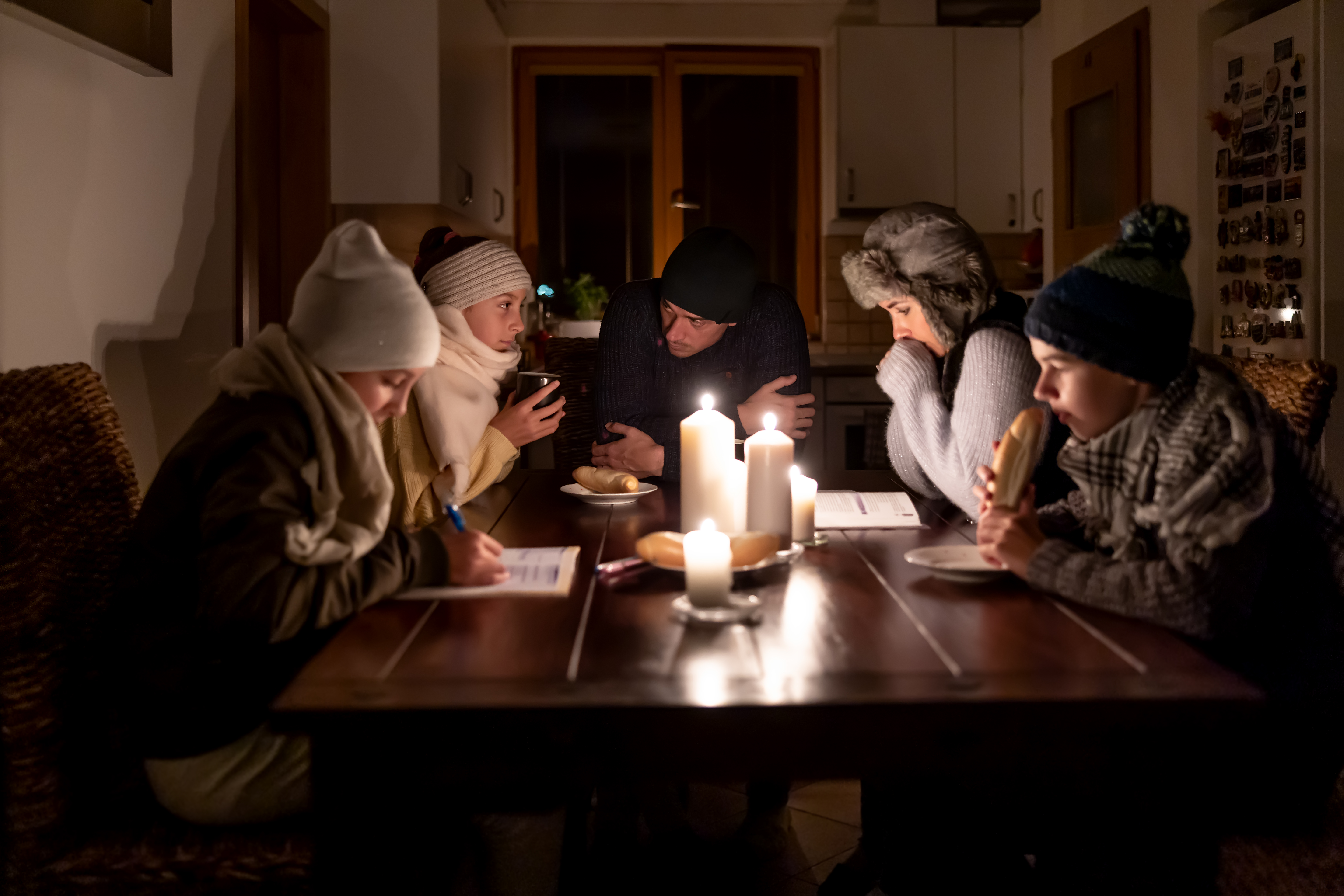A home battery system offers you a source of free backup power when the lights go out. What's more, battery systems provide flexibility when electricity prices surge. As electricity prices fluctuate and more utilities switch to time-of-use (TOU) pricing, home batteries are becoming increasingly appealing.
But how do they work, and how can you get the most from your investment?
How do home batteries work?
Home batteries capture and store energy for you to use later. By storing electricity, batteries make your home more energy resilient by providing a source of backup power when you need it most, such as during a blackout.
Batteries can be used with or without solar panels. If you don't have solar panels, you can charge your battery from the grid when electricity prices are low (more on this later). If you do have solar panels, your battery will store excess solar energy that your panels generate.
Home battery systems are flexible depending on your home's needs. You can install a battery and add solar panels at a later date or add a battery to an existing rooftop solar system. To store more power, you can stack several batteries together. Batteries also come in a range of sizes for installation on the wall or floor of a garage.
Because of their flexibility, batteries can help you optimize your energy use. Many batteries, including Panasonic's EVERVOLT home battery system, come with an app so you can monitor your energy use and control your battery from your phone. Tools like these give you greater visibility into your energy use, which can help you better manage and streamline your costs.
Here are six tips for making sure you get the most from your home battery system.
1. Charge your home battery during off-peak hours
If you're on a TOU rate plan with your utility, you pay more to use electricity when demand is higher (also known as peak times). Frequently, peak times are in the morning and again in the evening as many people return from work and start to use their home appliances.
If you plan to charge your battery from the grid (rather than solar panels), try to do it during off-peak hours when electricity costs are lowest. While off-peak hours vary according to your specific plan, they're typically overnight.
2. Switch to battery power during peak times
By that logic, you can tap into your stored battery power when electricity prices are at their highest. By using your stored power at peak times, you can avoid having to pay higher rates for your electricity. That's one of the biggest money-saving benefits of home battery systems.
You can take advantage of this benefit whether or not you have solar panels. Solar panels generate the most energy during the middle of the day — not in the evening when electricity demand is highest. If you store the free, renewable energy your panels generate during the day, you can draw power from your battery system later in the day, during peak times.
3. Use your home battery system during an outage
Power outages are becoming more common due to aging infrastructure and increasing severe weather events like storms and wildfires. The number of weather-related power outages increased more than 75% from 2011 to 2021, compared to the previous decade. If you regularly work from home or need access to electricity to keep essential medical equipment running, for instance, this is especially unsettling.
This is where batteries can be invaluable. Unlike many gas generators, a home battery will automatically disconnect itself from the grid and start running as soon as the grid goes down. The process is so seamless that you likely won't even notice it's happening. Your battery will operate quietly in the background without emitting polluting fumes.
The amount of power your battery system provide depends on its capacity. While you can install a system to power your entire home over a given period, typically your batteries will back up only your most essential appliances for a longer time. You can choose the essential appliances you'd like to include, often referred to as your critical load.
4. Pair your battery system with solar panels
Home battery systems work with rooftop solar systems to make your home even more resilient. By installing a battery with your solar panels, you can ensure no electricity is wasted when the sun is shining, and you can tap into this renewable power on a rainy day, during an outage, at night, or when grid prices are high. It's a great way to maximize your investment in your solar panels.
Another bonus? You don't need to worry about charging your battery during off-peak times because solar energy is free.
5. Tap into your battery power at night
Grid electricity prices are often at their highest in the afternoons and evenings. This is also about the time your solar panels stop generating power for the day. Without a battery, you'll have to start using electricity from the grid, which will quickly ramp up your bills.
If you have a battery, however, this is an ideal time to use it. It will have charged from your solar panels or the grid during the day, when electricity prices were lower, so you can draw from it to keep your power bills low.
6. Monitor your electricity usage
Batteries enable you to keep track of your energy usage in real time. You can start to build a picture of how your household uses energy, spotting any patterns and trends in your usage over time. You can use this data in several ways, including adjusting your habits and exploring a better energy plan with your utility.
Battery storage is a great way to transform your home's energy resilience. Learn more about how Panasonic's EVERVOLT home battery system can help you keep the lights on during a power outage and save money on energy.




